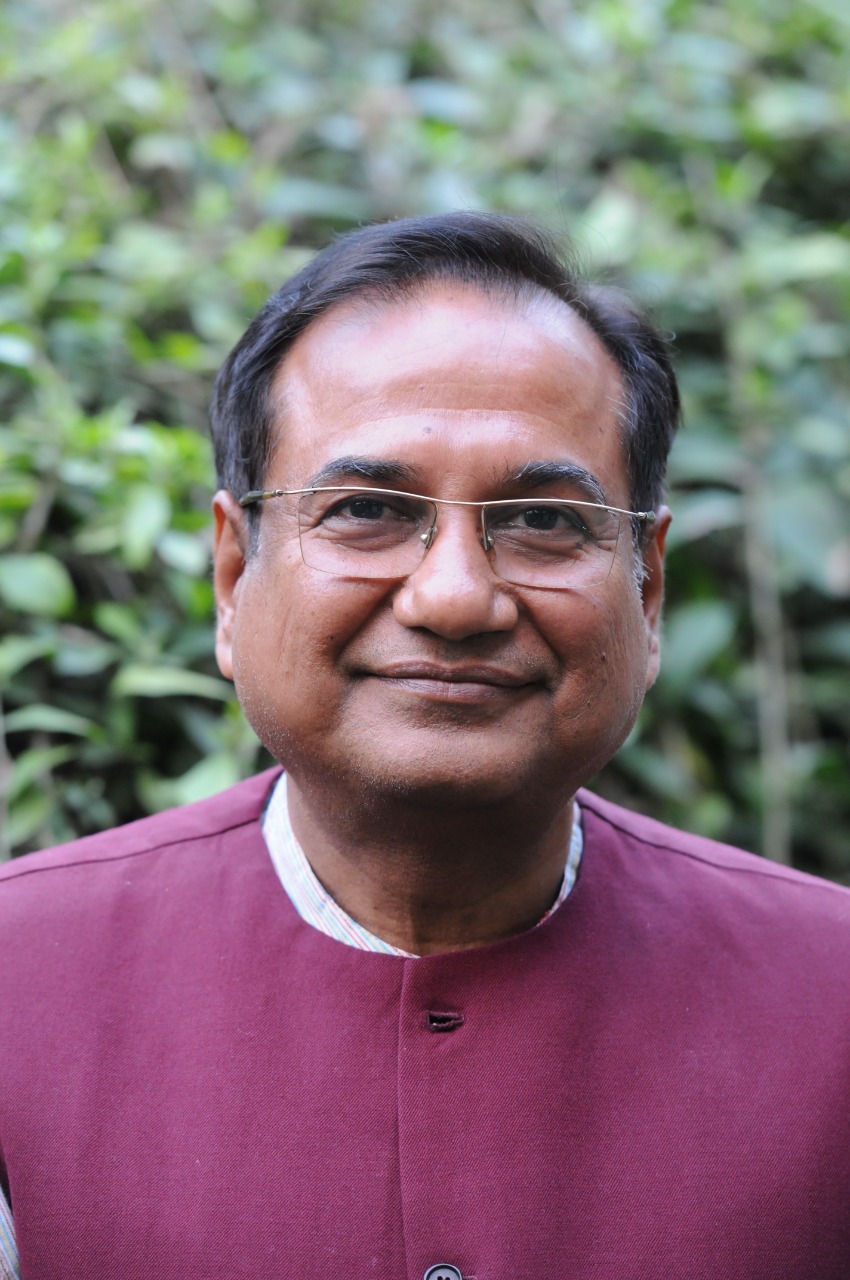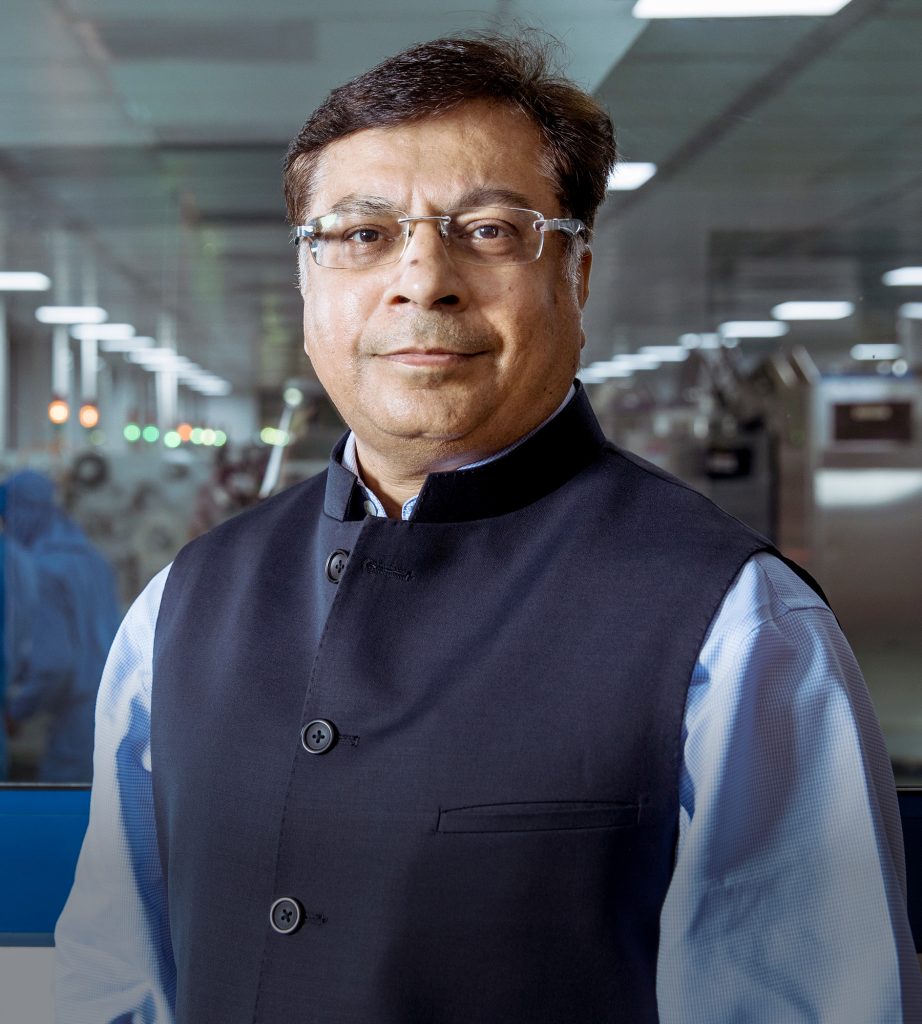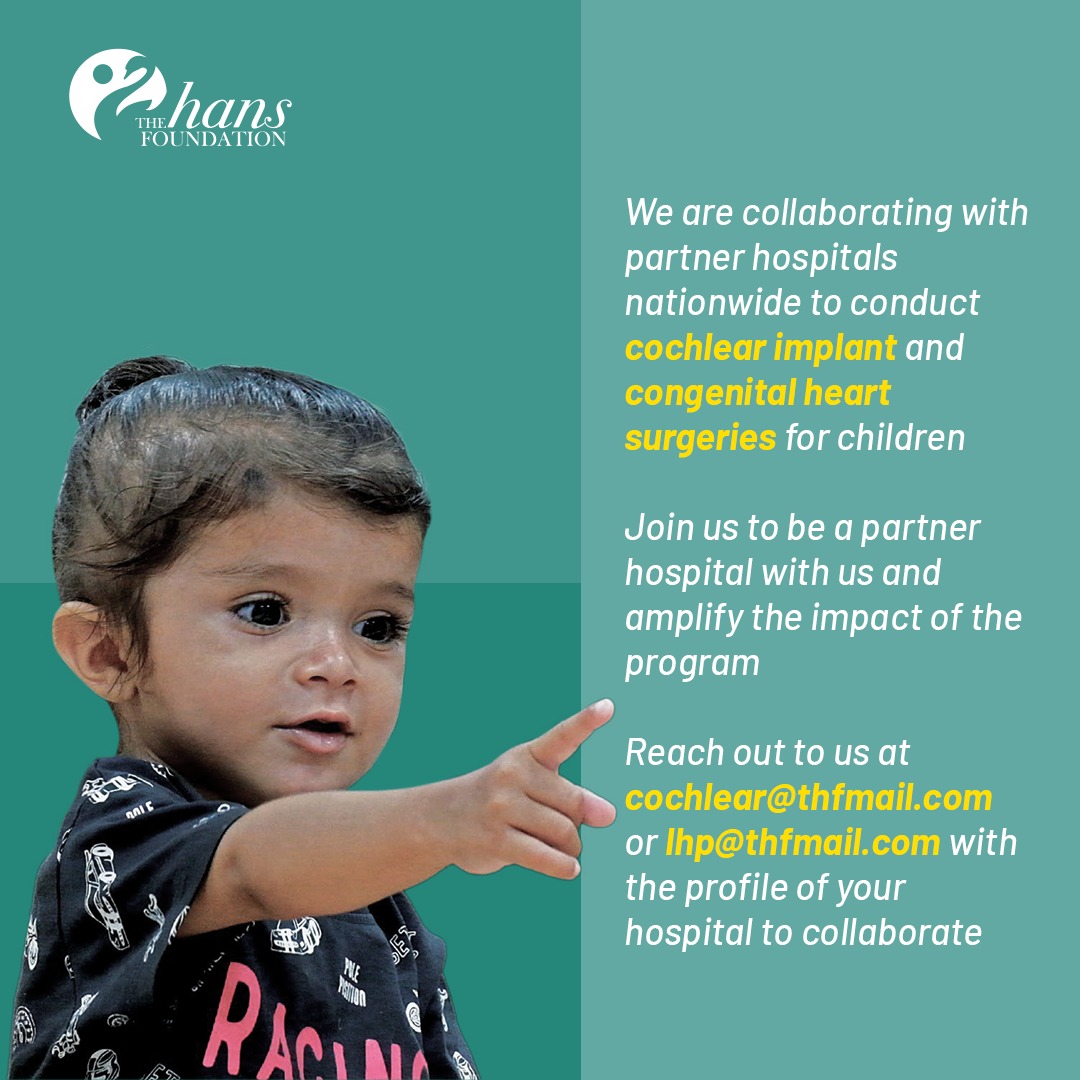Leprosy: A Pressing Area of Concern
Dr. Ashok Agarwal Country Director NLR India Foundation Since March 2020, our lives have been dictated by the COVID-19 pandemic, and it appears that the same will continue to happen in the foreseeable future. But this is not


Dr. Ashok Agarwal
Country Director
NLR India Foundation
Since March 2020, our lives have been dictated by the COVID-19 pandemic, and it appears that the same will continue to happen in the foreseeable future. But this is not India’s or the world’s first experience with a pandemic or other infectious diseases. Leprosy, one of the oldest diseases known to man, has continued to impact the lives of millions of people for more than a century. Although the prevalence of leprosy has significantly reduced in India, it still exists. Unfortunately, 60% of all cases reported in the world today are from India, this amounts to 120,334 cases every year. This is an area of concern.
In India, in 128 out of more than 600 districts, 1 person for every 10,000 people is infected with leprosy and 53 districts report more than 2 cases for every 10,000 people. 80% of these cases come from Bihar, Chhattisgarh, Jharkhand, Madhya Pradesh, Maharashtra, Odisha, and Uttar Pradesh. This is worrisome because the reasons for prevalence are addressable and remain largely the same, that is, delay in testing, diagnosis and treatment, among others. Adding the social stigma attached to the disease to the mix makes this a much harder task to address.
Despite the high numbers, leprosy is overlooked. This reducing focus on leprosy is attributed to many reasons such as reduced visibility of the disease due to decreasing numbers, competing priorities of all stakeholders including funders, donors, government, CSR, etc. Moreover, reduced active surveillance after achieving the elimination goal in 2005 and under-reporting has also contributed to continued yet hidden prevalence. This is important because hidden cases not only lead to higher cases of disability but they remain a threat to those around in terms of spreading the infection. But the social stigma attached to disease combined with low awareness in the community has further aggravated the issue but there’s more to it than numbers. Its impact on the affected person’s life as well as their family is almost brutal. The social ostracising of the persons affected with leprosy and their near and dear ones in the community continues. Moreover, the progression of the disease that physically incapacitates them makes it almost impossible to earn a decent livelihood, lead a life of dignity and continues to push them in the vicious cycle of poverty and isolation. Hence, reducing the burden of leprosy is as pressing an area of attention as ever.
A robust national-level programme in the form of the National Leprosy Elimination Programme exists in India. Its role is to streamline the process of managing the disease in terms of provision of free and high-quality services at all levels of the government health care system. This includes timely testing services, immediate contact tracing, initiation of treatment and its adherence. But due to the reducing attention from the disease at a national level because of fewer cases, the problem persists. Hence, a state-level approach may be evaluated as a viable option.
Bihar, one of the states with the highest prevalence is a prime example of how a state-level approach may be required. In 2019, 14% of all new cases reported in India were from Bihar, this amounted to more than 16000 new cases. At the district-level, out of 38 districts, half of them reported more than 400 cases with 843 cases being the highest in Araria. The challenge in Bihar is compounded by the additional issues of poverty, discrimination and other social issues in the community that are specific to the state.
In addition to the National Leprosy Elimination Programme, various civil society organisations such as the NLR Foundation, among others are working at the ground level in specific states such as Bihar. Their work with the affected community through efforts to improve the prevailing issues of delayed diagnosis, lack of uptake of timely treatment, generating awareness in the community, etc.
The civil organisations continue to do their bit. The organisations has been working in Aurangabad district of the state as it has the highest number of disabilities among people affected with leprosy. Their flagship programme aimed to improve the social and economic status of the people with disabilities. With sharpened focus on women, the project formed 229 self-help groups. In addition to providing them with economic empowerment, these groups also facilitated documentation for the women which made them eligible for various social entitlements.
However, despite the need and availability of successful interventions, challenges remain. Currently, the biggest problem is that while there is a great deal of need, resources are not adequate due to the withering attention from the disease. This also makes it difficult for civil organisations to reach out for grants and donations from organisations that are attached to public health issues.
The issue of leprosy cannot be solved through the standalone efforts of the government or public health organisations. The support of stakeholders is essential to further reduce the number of leprosy cases with respect to providing adequate resources and the due focus to the disease and the people affected by it so that they can lead a decent life. Let us make the world leprosy-free, one district at a time.
About NLR Foundation
NLR – until No Leprosy Remains, has remained as an NGO since 1967 and has largely assisted those who are in need of help regarding Leprosy. In India, NLR stands tall (since 1999) with the cooperation from donors, state governments, private companies, NGOs and Disability People Organizations to address & support leprosy affected individuals & families. To achieve the objective, NLR India undertakes three strategic programmes – Zero transmission, Zero Disabilities & Zero Exclusion to work towards prevention and management of disability, Disability Inclusive Development and Reduction of stigma and discrimination. Following this path, NLR in Bihar, Delhi, Jharkhand, Uttarakhand, Uttar Pradesh, Rajasthan, and West Bengal works in close contact with leprosy colonies and leprosy affected individuals & families towards our one aim – until No Leprosy Remains.






